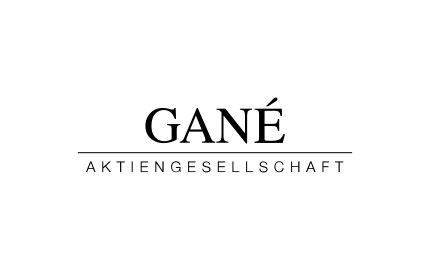Since the global financial crisis in 2008 the capital market’s expectations of central banks and governments have changed fundamentally. Before the collapse of the investment bank Bear Stearns, investors believed in the self-healing powers of free markets. In compliance with the Maastricht Treaty, the European Central Bank was supposed to pay attention to price stability and the FED in the USA, in accordance with its dual mandate, to both price stability and full employment. Political intervention in the free-market was sometimes even frowned upon, as the state had the reputation of being a bad investor. Economic cycles in alternation between upswing and recession were regarded as a healthy normality. After all, an economic downturn pushed weak companies out of the market and allowed new ones to emerge. All in the spirit of improved efficiency.
However, the bursting of the real estate bubble in 2008 marked a turning point that changed the mindset of many market participants. A collapse of the financial system could only be prevented by the courageous intervention of politicians and monetary authorities. Capital injections and the nationalization of numerous banks, interest rate cuts and extensive economic stimulus programs were on the agenda. The Euro Crisis that started in 2010 prompted concerted aid measures again. The European Stability Mechanism ESM was launched and with it a significant number of monetary and fiscal policy initiatives to ensure the financial stability of the Euro Zone. From this moment on, the granting of loans and credit to states and financial institutions and the extensive purchase of bonds by the ECB were “common sense”. The unprecedented expansion of central bank balance sheets around the world created a surge in liquidity that fueled a long-running bull market. Since 2009, however, investors have not only enjoyed price increases in the S&P 500 of over 250 percent at times. They also became accustomed to a new pattern: Significant price declines due to a crisis could be used to buy stocks and bonds as central banks were rushing to help with the prevention of disasters. This impression was reinforced during the Corona crisis of 2020. Unprecedented “Quantitative Easing” by central banks was supported by aggressive fiscal policy aid programs. The shortest and sharpest recession since World War II was followed by the fastest recovery in the history of stock markets.
Inflation is running hot around the world due to shortages of energy, raw-materials and supplies and central banks have to take countermeasures. With monetary policy tightening, many market participants are wondering: Who will rush to the markets’ rescue in the event of a recession? It is unlikely that central banks will change course again in the medium-term. China, as the growth engine of the global economy, is apparently sputtering. Annual growth rates of 10 percent and more are a thing of the past. With the zero-Covid strategy and millions of Chinese in lockdown, even the targeted 5.5 percent will be elusive in 2022. In the event of a recession, GANÉ does not expect an immediate “White Knight” in the form of additional monetary aid. This is bearable, because healthy companies with outstanding business models do not need it. That is the reason why we continue to focus on long-term winners with outstanding products and services, high pricing power and solid gross margins – companies that can look to the future with confidence.
Author:

